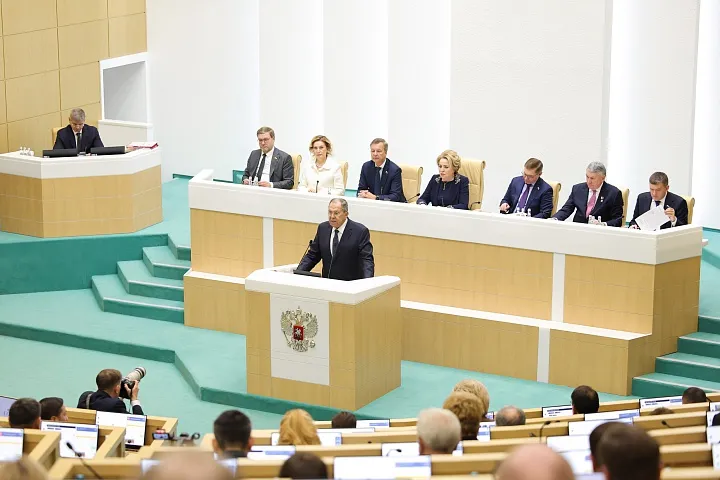The BRICS New Development Bank (NDB) is making preparations for its ninth annual meeting, which will be held in Cape Town, South Africa over Aug. 29-31. There it needs to make some fundamental decisions, in order to realize its mission.
On July 24, the NDB issued an 8 billion renminbi ($1.12 billion), 3-year Panda Bond in the China Interbank market. Panda bonds are issued in China by overseas non-Chinese companies and denominated in the Chinese currency, the renminbi. Earlier, on Jan. 31, 2024, the NDB issued a 5-year, 6 billion renminbi ($845 million) Panda bond. The point of a bank issuing a bond is to raise more capital to invest in other areas, mostly lending to member countries of the BRICS and other countries for infrastructure.
The NDB, which the BRICS nations founded in 2015, had an initial paid-in capital of $10 billion by each of its founding members—Brazil, Russia, India, China, and South Africa—a total of $50 billion. Normally, a bank can lend a multiple of two to three times its paid-in capital; thus, in general, the NDB could have lent between $100 and $150 billion for infrastructure and development. It would also be able to lend a multiple of two to three times the new money it obtained through its issuances in Chinese and other currencies, such as the Indian rupee and the South African rand. But the NDB has lent to date only $32.4 billion, which is far less than the funds it has available to lend.
Part of the reason is fear that City of London and Wall Street bankers will attack it; part of the reason is a policy fight inside the bank between those favoring development and a bankers-monetarist faction.
But a bigger issue is that the NDB, if it is to function as a true development bank for the South to break free of City of London-Wall Street speculation and looting, will have to increase its paid-in and borrowed capital to initially $500 billion to $1 trillion, in order to increase its lending capability to between $1.5 and $3 trillion. That is the level needed to fund the high-speed rail transport, as well as hospital, power, and water systems, and science-intensive capital goods and agriculture in Africa, Asia, and Ibero-America that the Global Majority requires.
That level of funding for production is impossible within today’s speculation-addicted dollar system. The BRICS nations, as a core, will need to establish some form of common currency, backed by the productive processes it funds. This matter will need discussion—and action—at the Oct. 22-24 BRICS Summit in Kazan, Russia.


